Examples of electron withdrawing groups relative to hydrogen are
−NO2
-COOH
-COOR
All of the above
The correct Answer is:D
To answer the question regarding examples of electron withdrawing groups (EWGs) relative to hydrogen, we can follow these steps:
Step 1: Understand the Concept of Electron Withdrawing Groups
Electron withdrawing groups are substituents that pull electron density away from the rest of the molecule. They are typically more electronegative than hydrogen, which has an electronegativity of 2.1 on the Pauling scale.
Step 2: Identify Electronegativity Values
To determine if a group is an electron withdrawing group, we need to compare its electronegativity to that of hydrogen. Here are some common groups and their electronegativities:
- Nitrogen (N) has an electronegativity of approximately 3.0.
- Oxygen (O) has an electronegativity of approximately 3.5.
- Fluorine (F) has an electronegativity of approximately 4.0.
- The nitro group (NO2) is also considered an electron withdrawing group.
Step 3: List Examples of Electron Withdrawing Groups
Based on the electronegativity values, we can identify the following as electron withdrawing groups relative to hydrogen:
1. Nitro group (–NO2)
2. Cyano group (–CN)
3. Halogens (–F, –Cl, –Br, –I)
4. Carbonyl group (–C=O)
5. Amino group (–NH2)
6. Sulfonyl group (–SO2R)
Step 4: Conclusion
Thus, the examples of electron withdrawing groups relative to hydrogen include the nitro group (–NO2), cyano group (–CN), halogens (–F, –Cl, –Br, –I), carbonyl group (–C=O), amino group (–NH2), and sulfonyl group (–SO2R).
---
Electron withdrawing groups are substituents that pull electron density away from the rest of the molecule. They are typically more electronegative than hydrogen, which has an electronegativity of 2.1 on the Pauling scale.
To determine if a group is an electron withdrawing group, we need to compare its electronegativity to that of hydrogen. Here are some common groups and their electronegativities:
- Nitrogen (N) has an electronegativity of approximately 3.0.
- Oxygen (O) has an electronegativity of approximately 3.5.
- Fluorine (F) has an electronegativity of approximately 4.0.
- The nitro group (NO2) is also considered an electron withdrawing group.
Based on the electronegativity values, we can identify the following as electron withdrawing groups relative to hydrogen:
1. Nitro group (–NO2)
2. Cyano group (–CN)
3. Halogens (–F, –Cl, –Br, –I)
4. Carbonyl group (–C=O)
5. Amino group (–NH2)
6. Sulfonyl group (–SO2R)
Thus, the examples of electron withdrawing groups relative to hydrogen include the nitro group (–NO2), cyano group (–CN), halogens (–F, –Cl, –Br, –I), carbonyl group (–C=O), amino group (–NH2), and sulfonyl group (–SO2R).
Similar Questions
STATEMENT -1: Rate of Nucleophillic addition of p- Nitrobenzaldehyde is faster then p- Methoxybenzaldehyde
STATEMENT -2: Presence of electron withdrawing group increases rate of Reactionn in carbonyl compound for Nuclephillic reaction.View SolutionPresence of electron withdrawing group on the phenyl of aromatic carboxylic acid ___________their acidity.
View Solution
Knowledge Check
- Question 1 - Select One
Presence of electron - withdrawing substituents
Astabilizes carbocations , carbanions as well as free radicals.Bstabilizes carbocations and carbonions.Cstabilizes carbocations and free radicals.Dstabilizes carbanions. - Question 2 - Select One
If aromatic ring is substituted by more than one group then electrophilic aromatic substitution reaction take place according to more activating group. The group which donates electrons to aromatic ring knwn as activating group and which withdraw electrons from the ring is called electron withdrawing group. generally all lectron releasing groups activates benzene ring towards electrophilic substitution and electron withdrawing groups deactivates ring towards electrophilic substitutions.
Q. Find out major product of following reaction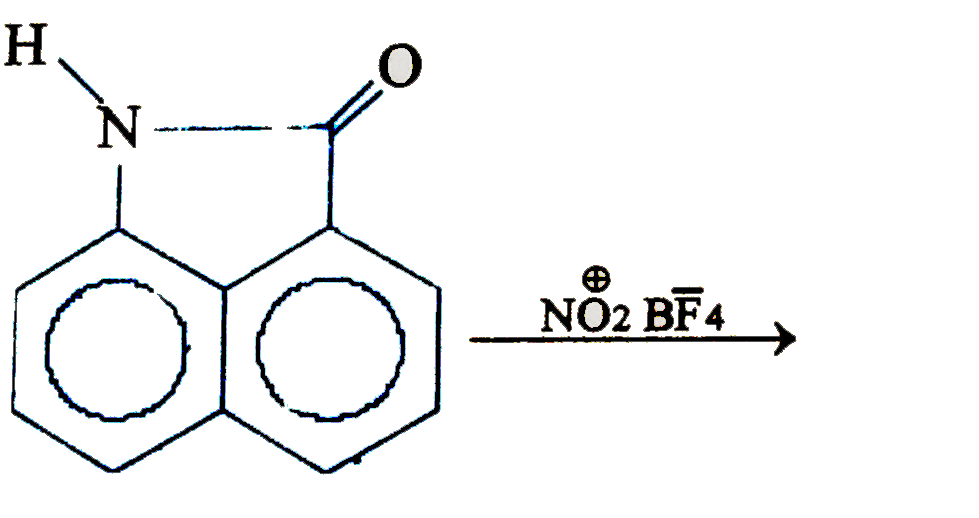 A
A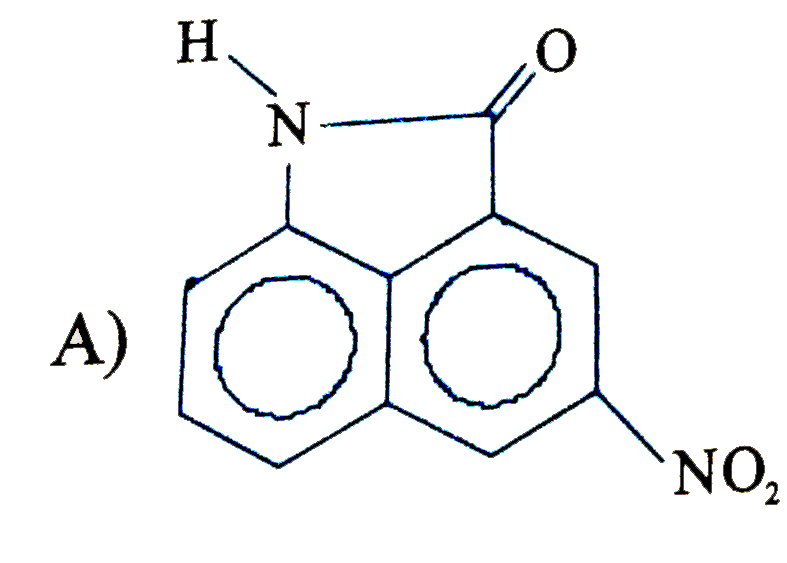 B
B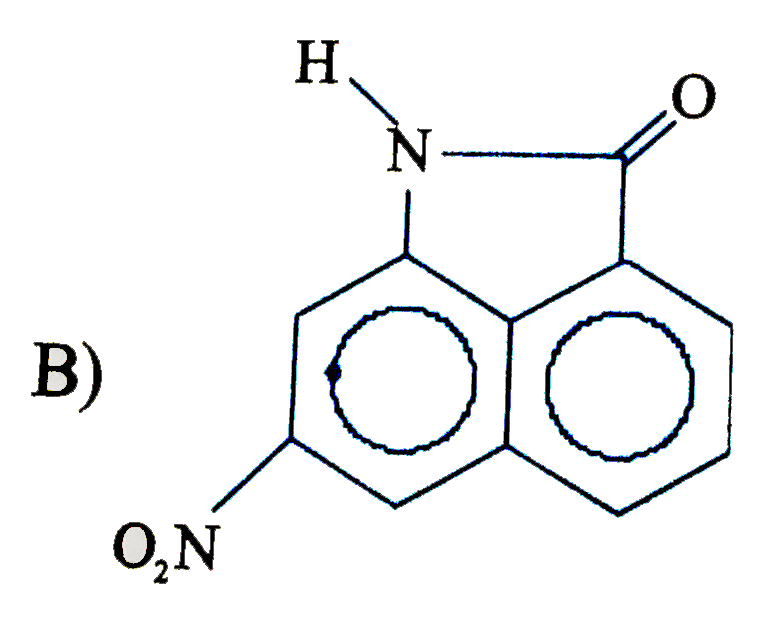 C
C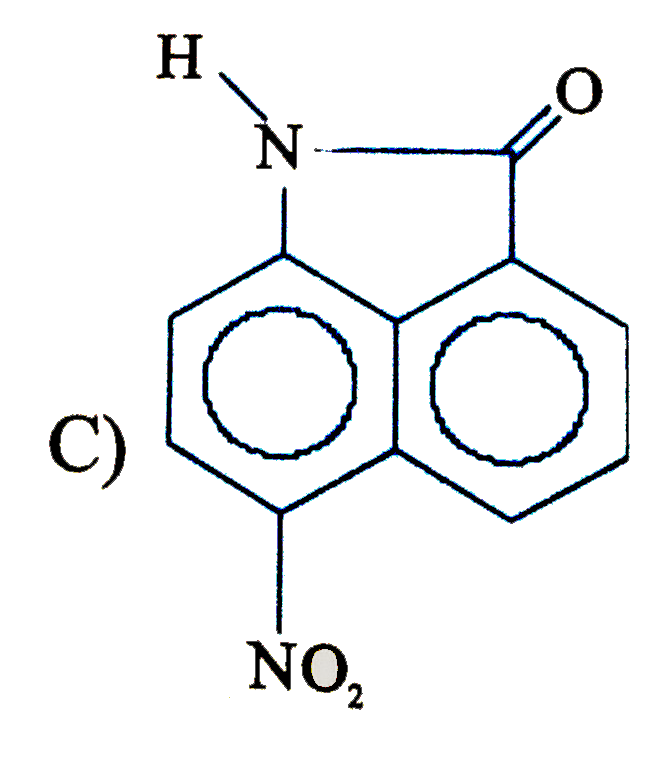 D
D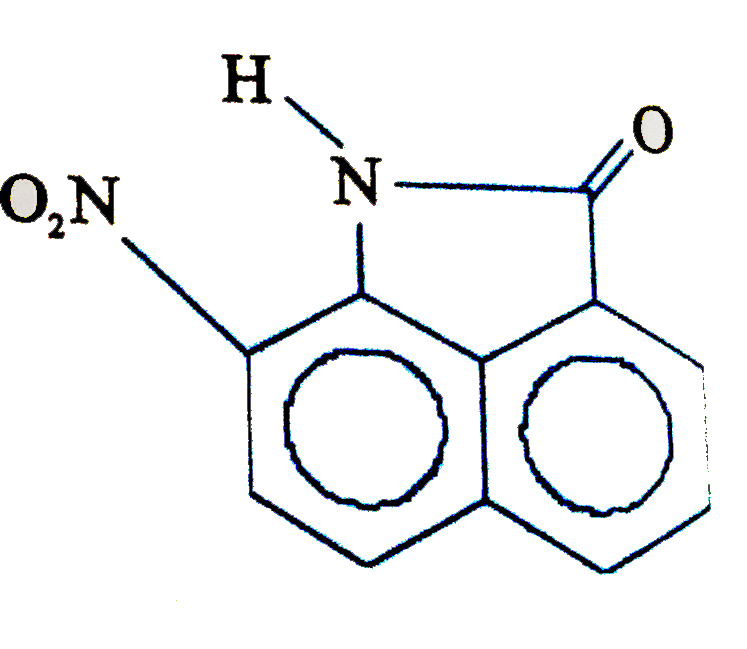
- Question 3 - Select One
Assertion (A) Presence of a nitro group at ortho or para position increases the reactivity of haloarenas towards nucleophilic substitution.
Reason (R ) Nitro group, being an electron withdrawing group decreases the electron density over the benzene ring.AAssertion and reason both are correct and reason is correct explanation of assertionBAssertion and reason both are wrong statementsCAssertion is correct but reason is wrong statementDAssertion is wrong but reason is correct statement.
Assertion: Presence of a nitro group at ortho or para position increases the reactivity of haloarenes towards nucleophilic substitution.
Reason: Nitro group, being an electron withdrawing group decreases the electron density over the benzene ring.View SolutionIf aromatic ring is substituted by more than one group then electrophilic aromatic substitution reaction take place according to more activating group. The group which donates electrons to aromatic ring knwn as activating group and which withdraw electrons from the ring is called electron withdrawing group. generally all lectron releasing groups activates benzene ring towards electrophilic substitution and electron withdrawing groups deactivates ring towards electrophilic substitutions.
Q. Major product formation takes place at which position when the following is subjected for E⊕ substitution
 View Solution
View SolutionAll aliphatic amines are more basic than ammonia but due to delocalisation of lone pair of electrons of the nitrogen atom on the benzene ring, aniline is a weaker base than ammonia. The basic strength of the substituted anilines, however, depends upon the nature of the substituent whereas electron donating group tend to increase, electron-with drawing groups tend to decrease the basic strength. The base trengthening effect of the electron-donating group and the base weaken effect of the electron withdrawing group is, however, more pronouned at p-than at m-position. However due to ortho effect, o-substituted anilines are weaker bases than anilines regardless of the nature of substituent whether electron-donating or electron withdrawing.
Choose among the following amines the correct decreasing order of their basic strength
 View Solution
View SolutionAll aliphatic amines are more basic than ammonia but due to delocalisation of lone pair of electrons of the nitrogen atom on the benzene ring, aniline is a weaker base than ammonia. The basic strength of the substituted anilines, however, depends upon the nature of the substituent whereas electron donating group tend to increase, electron-with drawing groups tend to decrease the basic strength. The base trengthening effect of the electron-donating group and the base weaken effect of the electron withdrawing group is, however, more pronouned at p-than at m-position. However due to ortho effect, o-substituted anilines are weaker bases than anilines regardless of the nature of substituent whether electron-donating or electron withdrawing.
The correct order of increasing basic nature of the following bases is
 View Solution
View SolutionAll aliphatic amines are more basic than ammonia but due to delocalisation of lone pair of electrons of the nitrogen atom on the benzene ring, aniline is a weaker base than ammonia. The basic strength of the substituted anilines, however, depends upon the nature of the substituent whereas electron donating group tend to increase, electron-with drawing groups tend to decrease the basic strength. The base trengthening effect of the electron-donating group and the base weaken effect of the electron withdrawing group is, however, more pronouned at p-than at m-position. However due to ortho effect, o-substituted anilines are weaker bases than anilines regardless of the nature of substituent whether electron-donating or electron withdrawing.
Select the weakest base among the followingView Solution

